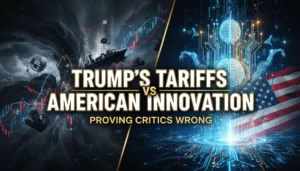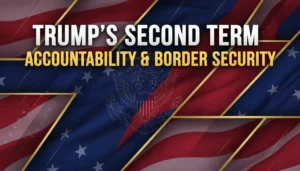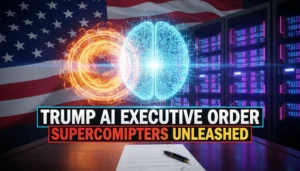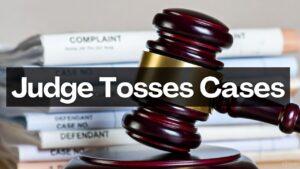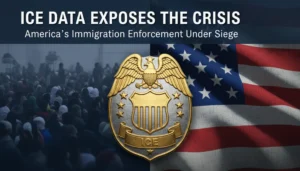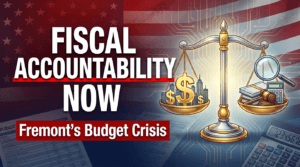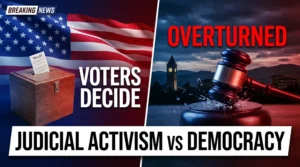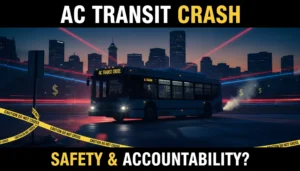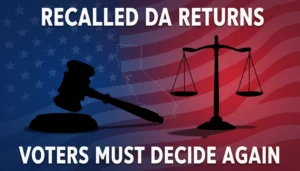Day 21: When Government “Shutdown” Proves Most Americans Don’t Need Big Government After All
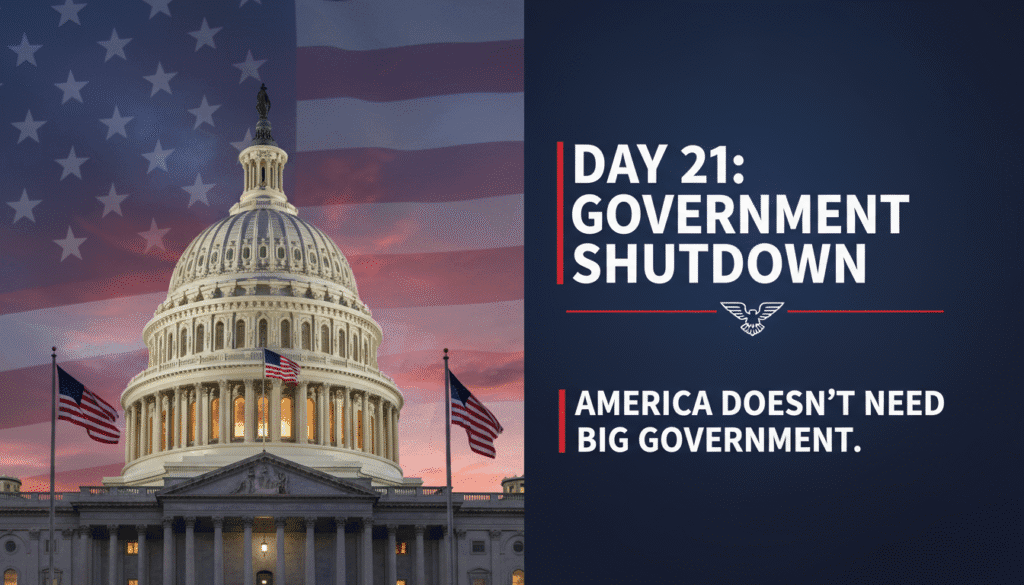
The longest shutdown in recent memory exposes the uncomfortable truth Democrats don’t want you to hear
As we enter the third week of what mainstream media breathlessly calls a “government shutdown crisis,” something remarkable has happened that should give every freedom-loving American pause: life goes on. The sun still rises, businesses still operate, and somehow—miraculously—the republic endures without an army of federal bureaucrats shuffling papers in Washington D.C.
Twenty-one days into this so-called “crisis,” and the most pressing question isn’t when Congress will cave to political pressure, but rather why we ever convinced ourselves that such a bloated federal apparatus was essential to our daily lives in the first place.
The Shutdown That Isn’t Really a Shutdown
Let’s be honest about what’s actually happening here. Despite the apocalyptic rhetoric from Democrats and their media allies, this isn’t a complete government shutdown—it’s a partial closure that affects roughly 25% of federal operations. Essential services continue uninterrupted: Social Security checks are still being mailed, Medicare operates normally, the military remains fully operational, and air traffic controllers are still guiding planes safely to their destinations.
What has stopped? Non-essential federal workers—a designation that should give taxpayers serious pause—have been furloughed. National parks have limited access (though many remain open with volunteer support). Some federal agencies have reduced operations. And yes, some government websites display ominous “shutdown” messages that seem designed more for political theater than public information.
The dirty little secret that Washington doesn’t want you to know is that most Americans haven’t noticed any meaningful disruption to their daily lives. That’s not a bug in the system—it’s a feature that exposes just how unnecessary much of our federal bureaucracy has become.
The Real Crisis: Decades of Unchecked Government Growth
While Democrats wring their hands about a temporary pause in non-essential government services, they conveniently ignore the real crisis that has been building for decades: the relentless expansion of federal power and spending that has created an unsustainable burden on American taxpayers.
Since 2000, federal spending has nearly doubled, growing from $1.8 trillion to over $6 trillion annually. The federal workforce has expanded exponentially, creating entire bureaucracies dedicated to regulating everything from the size of your toilet tank to the type of light bulbs you can purchase. This isn’t governance—it’s government overreach on an unprecedented scale.
The current shutdown represents a rare opportunity to examine which government functions are truly essential and which exist primarily to justify their own existence. When the Department of Education furloughs thousands of employees, does a single child receive a worse education? When EPA bureaucrats stop processing paperwork, do our air and water suddenly become more polluted? The answer, uncomfortable as it may be for big-government advocates, is largely no.
Democrats’ Manufactured Outrage
Rather than use this moment for serious reflection about the proper role of government, Democrats have predictably resorted to their favorite playbook: manufactured outrage and emotional manipulation. We’re told that federal workers are suffering (while ignoring that they’ll receive full back pay when the shutdown ends). We’re warned about dire consequences that somehow never materialize. We’re lectured about “governing responsibly” by the same politicians who have presided over a $33 trillion national debt.
This theatrical hand-wringing reveals more about Democratic priorities than any policy paper ever could. For progressives, government isn’t just a necessary institution—it’s a sacred ideology. Every federal program, no matter how wasteful or ineffective, becomes essential. Every bureaucrat, regardless of their actual contribution to society, becomes a hero. Every temporary reduction in government operations becomes a crisis of biblical proportions.
The truth is that Democrats need big government to justify their political existence. Without an ever-expanding federal apparatus to manage, regulate, and redistribute, what exactly would progressive politicians do? How would they maintain power without a vast network of government employees, contractors, and beneficiaries dependent on their largesse?
The Conservative Opportunity
Smart conservatives should view this shutdown not as a crisis to be quickly resolved, but as an educational opportunity for the American people. Every day that passes without catastrophic consequences is another day that proves our founders were right: the government that governs least, governs best.
This moment offers a chance to have serious conversations about fiscal responsibility, constitutional limits on federal power, and the proper relationship between citizens and their government. Instead of rushing to reopen every shuttered agency, we should be asking harder questions: Which of these functions are truly necessary? Which could be better handled by states, local communities, or private organizations? Which exist solely to perpetuate themselves?
The private sector has already stepped up in remarkable ways. Volunteer groups have organized to maintain national parks. Private companies have offered services to fill temporary gaps. Local communities have rallied to support federal workers facing temporary hardship. This isn’t just admirable—it’s American. It’s proof that civil society, not government bureaucracy, is the true foundation of our national strength.
The Path Forward
As negotiations continue in Washington, conservatives must resist the temptation to simply “get back to normal.” Normal got us $33 trillion in debt. Normal gave us a federal government that employs more people than the populations of most states. Normal created a system where unelected bureaucrats wield more power over Americans’ daily lives than their elected representatives.
Instead, this shutdown should mark the beginning of a serious conversation about right-sizing the federal government. We should emerge from this period with a leaner, more focused federal apparatus that concentrates on its constitutional duties: national defense, interstate commerce, and protecting individual rights.
Every agency that reopens should justify its existence. Every program that resumes should prove its effectiveness. Every regulation that returns to force should demonstrate its necessity. The burden of proof should be on government to explain why it needs to grow, not on taxpayers to explain why it should shrink.
The Real Crisis Isn’t the Shutdown—It’s What Comes After
As this shutdown eventually ends—and it will—the real test will be whether we’ve learned anything from this experience. Will we use this moment to reassess our priorities and right-size our government? Or will we simply rush back to business as usual, pretending that unlimited government growth is both sustainable and desirable?
The choice is ours. We can continue down the path of ever-expanding federal power, higher taxes, and greater dependence on government. Or we can use this moment to remember that America became great not because of government, but in spite of it.
Twenty-one days in, the sky hasn’t fallen. The republic endures. And perhaps most importantly, Americans are remembering that they don’t need Washington’s permission to live free, productive lives.
That’s not a crisis—that’s a revelation.



